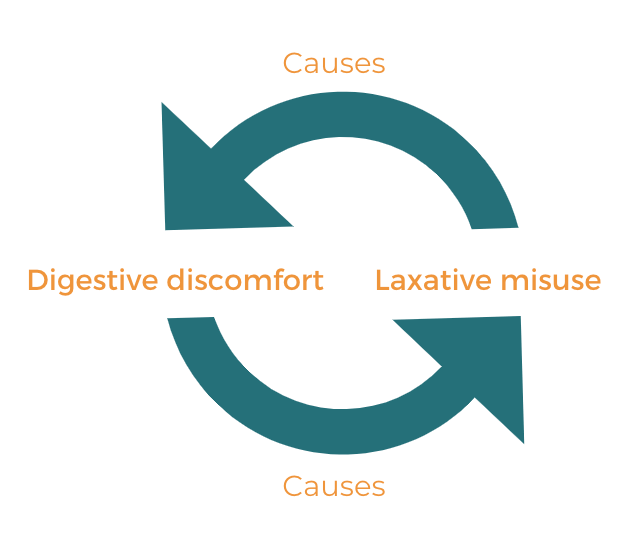What are Purging Behaviours?
Purging food is when an individual ‘gets rid’ of food/calories they’ve consumed by engaging in self-induced vomiting, misusing laxatives, diuretics and/or other medications, or by excessively exercising. Each one of these purging behaviours (also known as compensatory behaviours) can cause serious medical complications.
Possible Consequences of Over Exercising
We are often told that it is very important to move our bodies regularly because of the benefits of exercise. Even though exercising has several benefits, too much exercise can be a bad thing.
Compulsive exercise is when folks feel like they need to exercise. Exercise is an obligation. Unfortunately, compulsive exercise can lead to several health consequences such as:
- Bone density loss which can lead to osteoporosis.
- The loss of menstrual period (also known as amenorrhea)
- Relative Energy Deficiency in Sport (RED-S)
- Chronic bone and joint pain
- Increased risk of injuries such as stress fractures
- An altered resting heart rate
- Increased frequency of illness
Electrolyte Depletion and Heart Issues Caused by Purging
Purging by self-induced vomiting, laxative, and diuretic misuse can cause electrolyte imbalances in your child. Electrolytes play an important role in the function of your child’s heart – this means that purging can cause cardiac complications. Examples of possible cardiac complications that purging may cause include an irregular heartbeat and cardiac arrest.
Dental Issues Caused by Vomiting
Dental issues are most common in folks who self-induce vomiting. When your child vomits, undigested food and stomach acid exit their body through the mouth. When stomach acid washes over your child’s teeth, it can cause tooth erosion.
Specifically, it causes erosion of the enamel which is the outer portion of the tooth. Dentin is a part of the tooth that is located beneath the enamel, and it is very sensitive. If the enamel erodes enough so that dentin is exposed, your child will experience intense tooth sensitivity. The amount of times and the length of time your child has self-induced vomiting will impact the extent of tooth damage and which areas of the tooth are affected.
Esophagus and Stomach Issues Caused by Vomiting
Your child’s esophagus is also exposed to stomach acid if your child is self-inducing vomiting. This can cause damage to the lining of their esophagus, which is the tube that connects the mouth to the stomach. Unfortunately, this damage can cause symptoms of gastrointestinal reflux (also known as acid reflux).
Acid Reflux
Acid reflux is when the stomach contents come back up into your child’s esophagus. This can cause heartburn and/or acid regurgitation. Heartburn is a painful burning sensation in the middle of the chest.
Meanwhile, acid regurgitation is when stomach acid comes from the stomach all the way into your child’s mouth. This can cause an unpleasant ‘acid-like’ taste in your child’s mouth. The stomach contents may also be regurgitated (brought back up from stomach to the mouth) along with the stomach acid. This will also cause an unpleasant taste in your child’s mouth. Both heartburn and regurgitation can be very uncomfortable to live with.
Acid reflux is not associated with the severity or frequency that your child purges. Interestingly, it may be associated with your child’s level of esophageal sensitivity instead.
A general sign that your child may be engaging in self-induced vomiting is if your child begins to develop a hoarse voice. This is because the stomach acid in the throat/mouth can irritate your child’s vocal chords. Acid reflux can also increase your child’s risk of developing esophageal cancer. If you believe your child may be self-inducing vomiting, it is important to seek help right away by a team of qualified medical professionals.
Laxative and Diuretic Abuse
Laxative abuse occurs when an individual misuses laxative medications as a way to purge. Laxatives stimulate the bowels to rid themselves of any content. Because the content that is being expelled from the body is in the colon, it is mainly water, electrolytes and minerals.
Diuretics may also be called “water pills” because they make the body rid itself of water by way of urine. Diuretic abuse occurs when we misuse these medications in any way other than as prescribed by a doctor. When our body excretes water through our urine, we also excrete minerals and electrolytes. If our bodies do not have regular levels of minerals or electrolytes, our organs will not work properly.
Kidney Issues Caused by Laxatives and Diuretics
Your child’s kidneys can be severely damaged due to laxative and diuretic use. When we abuse either laxatives or diuretics, we are in a constant state of dehydration. One of the main jobs of our kidneys is to filter waste products and get rid of excess water. In chronic dehydration, there is very little excess water to rid the body of.
These complications can lead to kidney damage, which can progress to kidney disease and result in kidney failure. The longer your child abuses laxatives, the more likely it is that they will experience poorer kidney functioning.
Digestive Issues Caused by Laxatives
If your child is misusing laxatives, they may complain about several digestion issues. Although laxatives are typically used to alleviate constipation, laxative misuse can actually cause constipation. We know this sounds confusing – let us explain how this occurs. Laxative misuse can damage the nerves in the intestine that are used to push a stool out of the body. This is what can cause constipation in your child. Laxative use can also make folks feel bloated and full because laxatives trap gas in the intestine.
The digestive issues caused by laxatives can create a vicious cycle where folks misuse laxatives to alleviate feelings of discomfort which actually causes more discomfort and then more laxative misuse.

Bone Density
When folks are engaging in self-induced vomiting and are misusing diuretics, laxatives or other medications they may become dehydrated. Engaging in these behaviours can also affect their digestion and absorption. This can cause low bone density because folks are unable to properly absorb nutrients. Unfortunately, if left untreated this can lead to osteoporosis.
Where You Can Get More Help for Your Child
It is very important that your child gets help if they are purging because early intervention will help to reduce the complications your child experiences from purging. We understand how challenging recovery is and we are here to help you and your child every step of the way. Click below to book a free, 15-minute consultation call with us to learn more about how we can help you and your child.
*Reserved for Canadian residents


